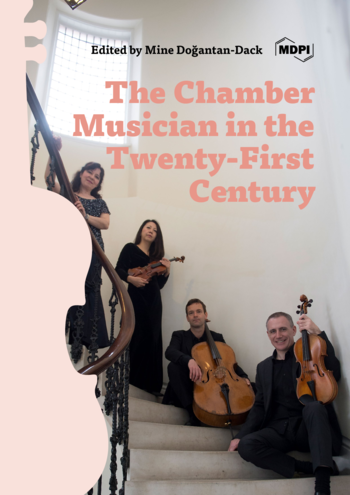Amateur Chamber Music: Repertoire and Experience
Although there are a growing number of studies in the literature about the participation of adult amateur musicians in classical music making, there is relatively little written about chamber music, particularly about the relationship between repertoire and experience for this group of musicians. This essay, which is theoretically underpinned by Robert Stebbins’ work on “serious leisure,” is based on 55 responses to a questionnaire I sent out in early 2020; most of the questions required answers in a free-form prose style. In addition, I solicited 15 lengthier responses (some written, some in-person interviews). The respondents fell into essentially equal groups: one of string and piano players, and one of those who played wind or brass instruments. Although there is some difference between the repertoire of the two groups, mainly concerning the smaller proportion of acknowledged 18th- and 19th-century masterpieces for winds and brass, attitudes toward the experience were much more similar than different between the groups. Four themes ran through the responses: (1) amateur chamber music is an intense, important, and generally happy experience for its participants; (2) respondents tend to think of works as “units of personal experience” rather than as elements of a free-standing repertoire; (3) the virtual sociability provided by chamber music playing is important to most of these musicians; and (4) respondents viewed music making as embedded in, and in many ways about, a series of nested and usually familiar communities.
